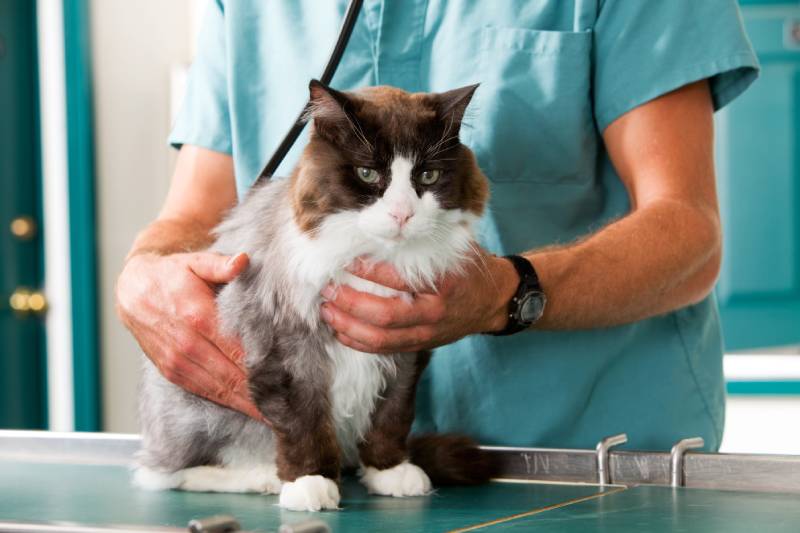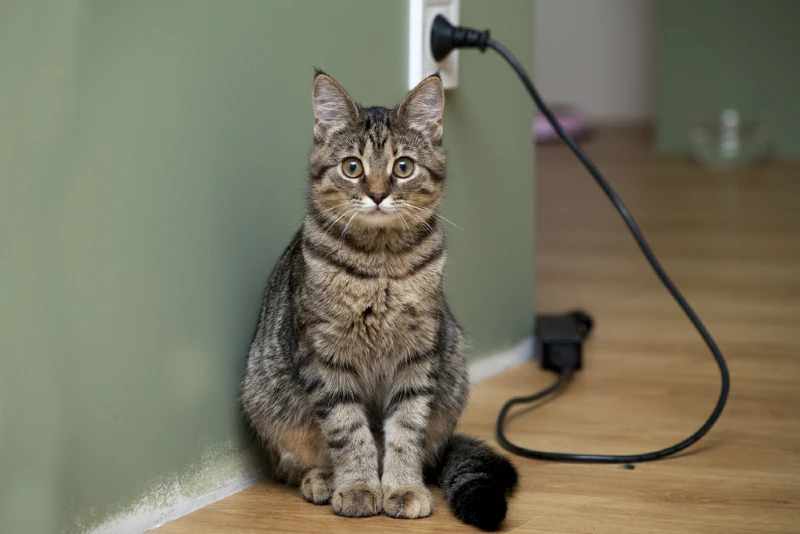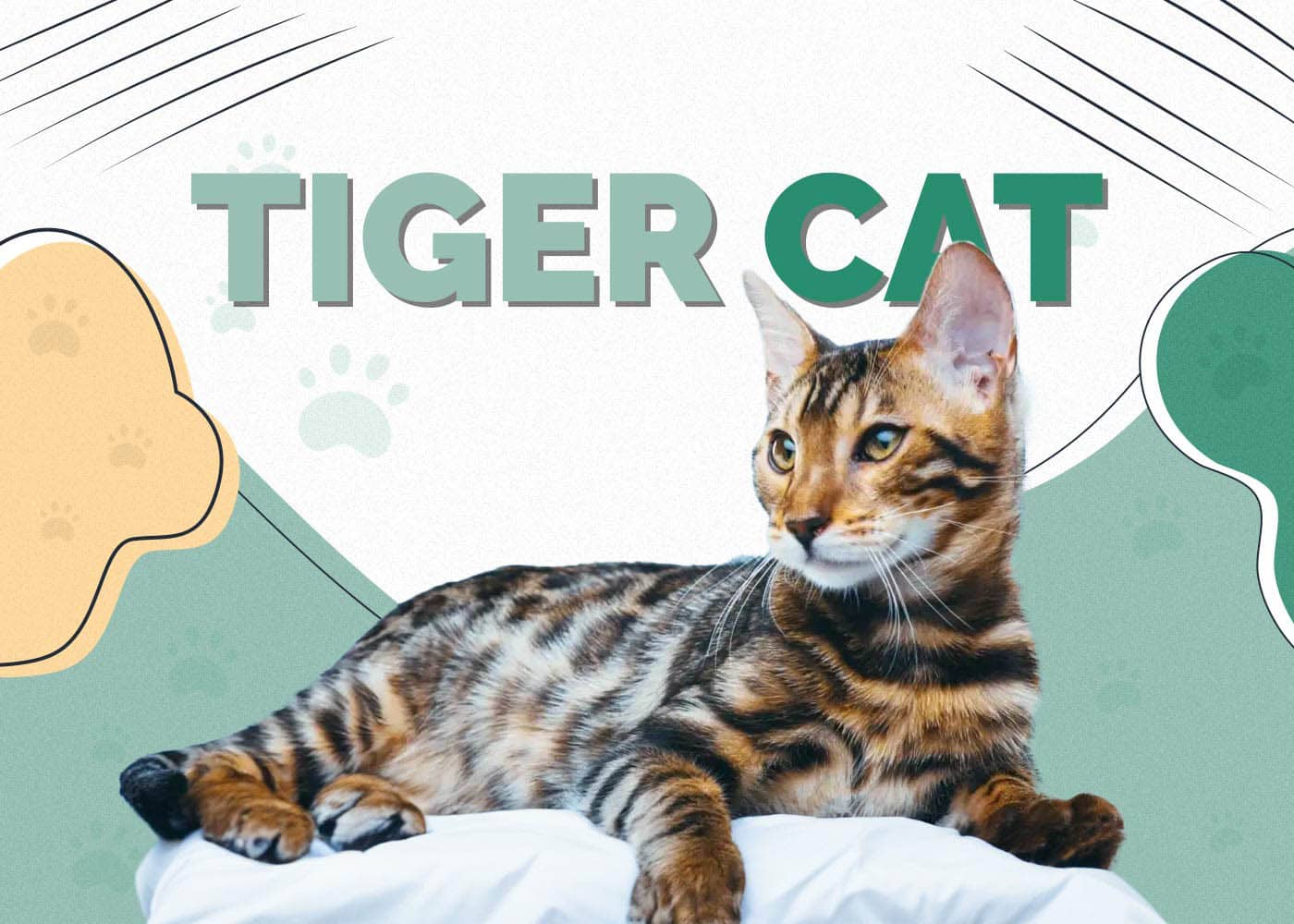Attention Seeking Cat: Causes & Tips to Deal With This Behavior

Updated on
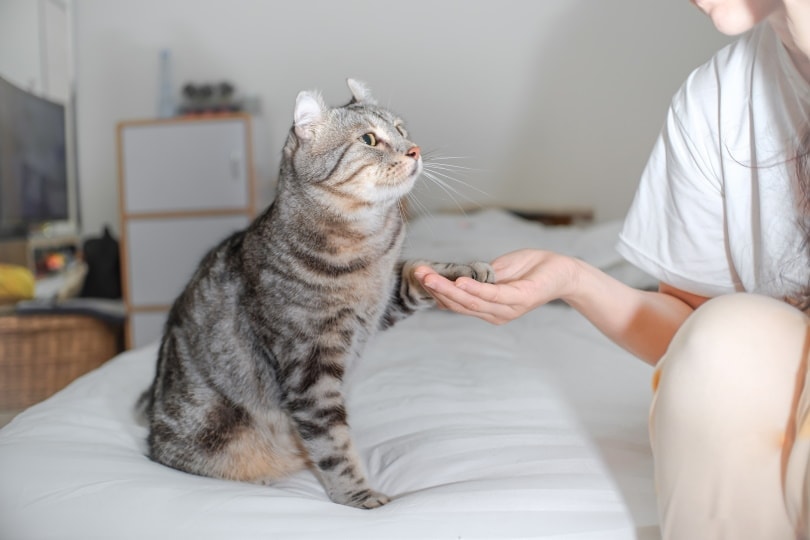
Click to Skip Ahead
Cats are generally aloof by nature, which makes it easy to notice when they are seeking attention. When your cat needs attention, it is generally more vocal, may use its claws and teeth, and may launch onto your lap or desk while working. It’s ironic that, as cat owners, we love it when our cats decide to be affectionate but are easily annoyed by attention-seeking behavior.
However, the more annoying your cat becomes, the more likely it is to have negative effects on your bond. However, it could also indicate a medical issue, so it’s important to deal with it soon. Luckily, we’ll discuss attention-seeking behavior in cats and how to handle it.
Signs of Attention-Seeking Behavior in Cats
When your cat is on a mission to attract your attention, it will do almost anything that works.
Typical attention-seeking behaviors may include:
- Increased vocalization
- Pawing or kneading you
- Walking around you in between your legs
- Following you around
- Softly biting
- Jumping up to be at your level
- Knocking things off tables
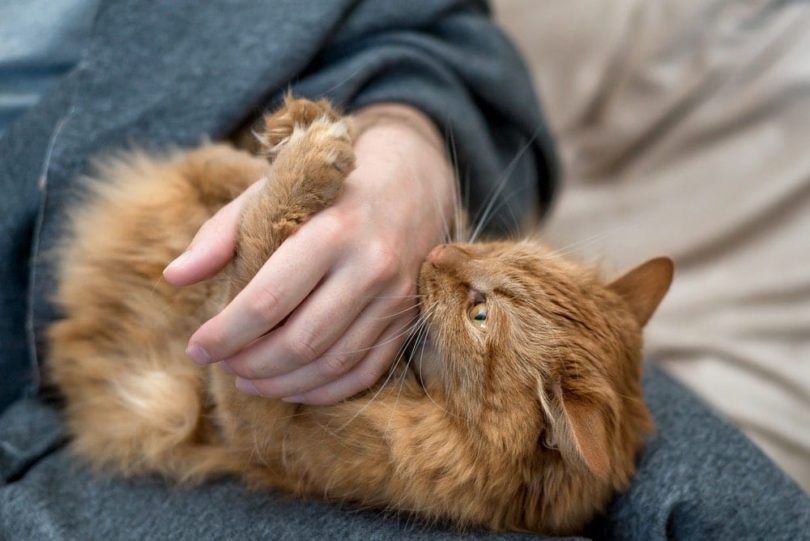
 Causes of Attention-Seeking Behavior in Cats
Causes of Attention-Seeking Behavior in Cats
If you notice your cat is seeking more attention, it can be for several reasons. Your cat may just want your attention and affection, especially if you have been out most of the day. It may be hard to believe, but your cat may miss you. It may be bored and looking to you for entertainment. A hungry cat will also try and get your attention and follow you around until you catch on.
This behavior could also come from separation anxiety. If a cat has anxiety or distress when left alone and is often left alone for long periods of time, it can cause separation anxiety. Another reason could be an underlying medical issue or pain, and your cat is trying to get your attention because it doesn’t understand or know what to do with its discomfort. Stress, separation anxiety, and pain usually involve excessive attention-seeking behavior.
As cat owners, we often unknowingly encourage this behavior, so it could be a case of your cat knowing it will get attention if it behaves a certain way.
The 5 Tips To Deal With This Behavior
1. Determine the Cause of the Behavior
You need to determine the cause of the behavior, and the first step is to rule out any medical conditions. Aggressive behavior, excessive meowing, and other attention-seeking behaviors could be signs of a medical problem.
Your cat may be expressing pain or discomfort due to a problem like dental issues, arthritis, or disorders affecting the central nervous system. If you’re worried about your cat’s sudden strange behavior, it’s best to make an appointment with the vet as soon as possible.
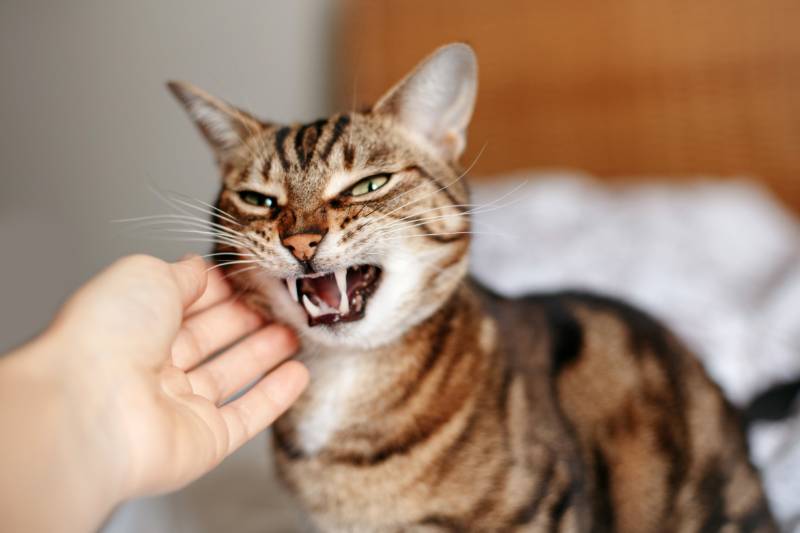
2. Observe When Your Cat is Displaying Attention-Seeking Behavior
Once you have ruled out any medical concerns, observe when your cat displays attention-seeking behavior. Look for patterns that indicate whether the behavior is motivated by loneliness, boredom, hunger, or unintentional reinforcement. For example, if the behavior is mostly in the morning when you get up, it may be due to hunger, or when you get home, it could be that your cat misses you.
3. Ignore Your Cat When it Displays These Behaviors
Ignoring your cat when it displays unwanted behavior is the first and most important step in resolving it. When your cat meows excessively, jumps up on your desk, or follows you around, don’t pay it any attention at all. If you need to remove the cat from a spot, do so quickly and without interacting for too long.
It’s easier said than done, but you must teach your cat that the behavior will not get the attention it seeks. When you first begin to ignore bad behavior, be aware that it can possibly get worse for a short while before it gets better, so patience and consistency are key.

4. Provide an Enriching Environment for Your Cat
Cats are excellent hunters that require the right energy outlets. They depend on predictability and consistency in their daily lives because they are creatures of habit. The desire for attention-seeking behavior can arise if you are inconsistent with the cat’s feeding schedule, litter box cleaning schedule, playtime schedule, or even when you get home at the end of the day.
Combining the stability of consistency with the enjoyment of routine reward-based activities will likely result in a happy and content cat, so make sure your cat has an enriching environment to keep it entertained.
- A consistent routine and schedule for mealtimes
- Consistent litter box maintenance
- Puzzle feeders and toys
- Placing a cat tree close to the window
- Scratching posts for scratching
- Elevated areas to climb and rests
- Regular attention and affection from you
- Interactive play
If loneliness is the problem, consider if getting another cat would be a good addition to the family. If you adopt another animal, you’ll need to set aside the time to make a positive and gradual introduction.
5. Give Your Cat Structured Attention
Instead of additional attention, give your cat focused and structured attention. Set aside two or three play sessions each day and some time for stroking, grooming, playing, or any other activities your cat enjoys. If your cat is aware that it will receive attention regularly throughout the day, it will be less likely to be pushy and demanding.
When your cat is relaxed and content, provide food, verbal praise, petting, and other forms of attention. Your cat will learn which behaviors attract positive attention if you reinforce the right behaviors while ignoring unwanted behavior.
When you first arrive home, try to engage with your cat. When you don’t play with them when you get home, it can lead to unwanted habits.
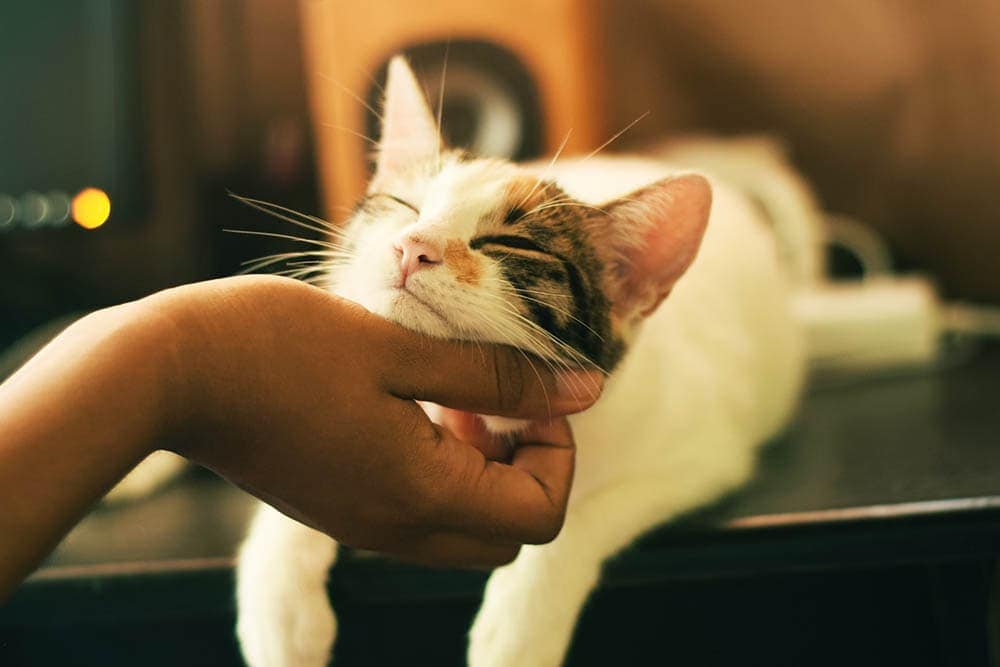
Conclusion
Your cat may seek attention for various reasons, so the first step in dealing with this unwanted behavior is to determine the cause. First and foremost, you must rule out any medical issues by making an appointment with your vet. Secondly, you need to ignore the behavior to avoid unintendedly reinforcing it. From there, you should give your cat a structured routine and attention.
Ignoring attention-seeking behavior, establishing a routine for mealtimes and play, and giving your cat an adequate amount of attention when it is calm will help your cat learn that attention-seeking behavior won’t work, and having a routine will teach it that food, cuddles, and playtime are coming. Providing an enriching environment with toys, cat trees, and a scratching post will also help prevent boredom and result in a much happier and more content cat.
Featured Image Credit: Nitiphonphat, Shutterstock

 Causes of Attention-Seeking Behavior in Cats
Causes of Attention-Seeking Behavior in Cats